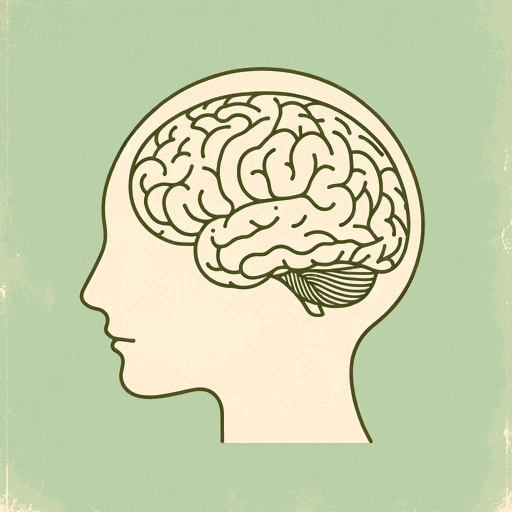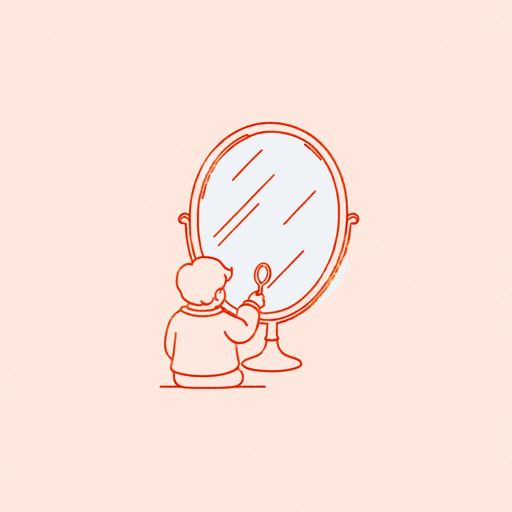62 pages • 2 hours read
Frances E. Jensen, Amy Ellis NuttThe Teenage Brain: A Neuroscientist's Survival Guide to Raising Adolescents and Young Adults
Nonfiction | Book | Adult | Published in 2014A modern alternative to SparkNotes and CliffsNotes, SuperSummary offers high-quality Study Guides with detailed chapter summaries and analysis of major themes, characters, and more.
Chapters 6-10Chapter Summaries & Analyses
Chapter 6 Summary: “Taking Risks”
Jensen reveals that she receives many messages from parents about their teenagers’ risky behavior. The author confirms that adolescents are statistically more likely to take risks than adults or children. She also explains that “experimental behavior” is a necessary developmental stage for teenagers as they seek independence from their parents. However, immature frontal lobes mean they often do not anticipate the consequences of their behavior. Jensen suggests that this is a highly dangerous stage for teenagers today as there are more risks from exposure to information on the Internet and addictive substances are readily available.
Jensen explains that teenagers take risks because they get a greater sense of reward. In adolescents, the nucleus accumbens plays a key role in “reward-seeking” behavior. This part of the brain anticipates potential reward; as a result, the hormone dopamine is released. As synapses in the nucleus accumbens grow stronger, the compulsion increases. In adults, the craving for reward is better controlled by the frontal lobes of the brain. A further factor in risky behavior is the relatively undeveloped state of the connections between adolescents’ frontal lobes and the rest of their brains. Teenagers are less able to weigh up “risks, rewards, and consequences” (105).


